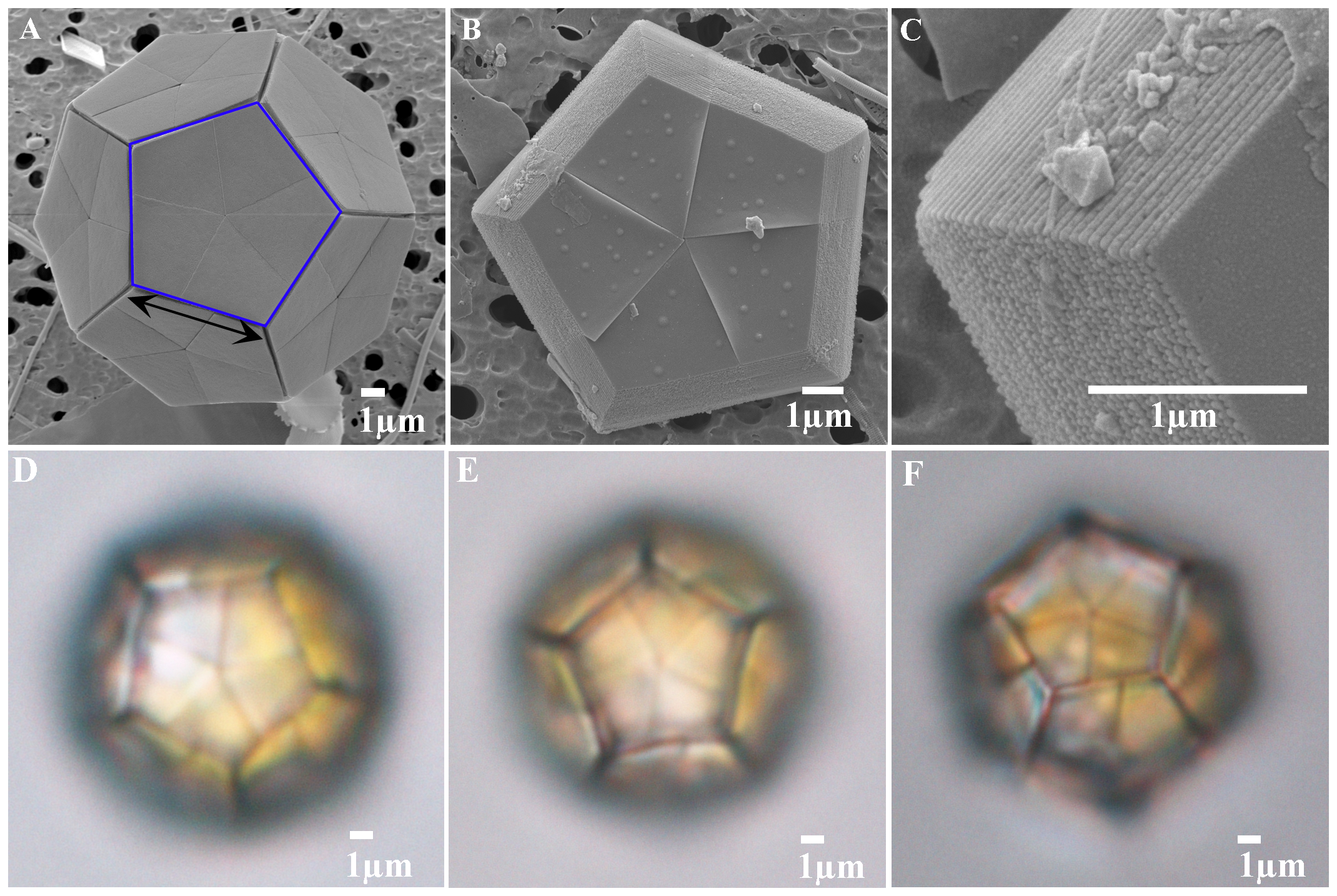An event that is only known to have happened three times before in the history of life on Earth has just been documented again. A marine bacterium was subsumed into its algal host organism, co-evolving with it for long enough that it can now be considered an organelle, part of the alga’s cellular machinery. That means these algae are the first eukaryotes (organisms with their DNA in a membrane-bound nucleus) known to contain an organelle capable of fixing nitrogen.
“It’s very rare that organelles arise from these types of things,” said Tyler Coale, first author of one of two recent papers on the discovery, in a statement.
“Very rare” could actually be considered an understatement. The first time this happened – as far as we know – it gave rise to the very first complex life by birthing mitochondria. Since then, it’s happened twice more, including over a billion years ago, marking the dawn of plant life on Earth by giving us the chloroplast.
The groundwork for the latest finding was laid almost 30 years ago, when a team led by UC Santa Cruz Professor Jonathan Zehr discovered a new cyanobacterium in the Pacific Ocean with the ability to fix nitrogen. That’s the process by which microbes pull free nitrogen from the environment and combine it with other elements to form new nitrogen compounds, like the fertilizers that are essential for life to thrive.
Zehr’s team named the bacterium UCYN-A. Meanwhile, over in Japan, paleontologist Kyoko Hagino was working on growing a marine alga that would turn out to be its host organism.
Over the years, the link between the two organisms grew clearer to the scientists. But recently, they’ve been led to the conclusion that UCYN-A is not just in an intimate relationship with its algal host – they’ve now co-evolved to the point where UCYN-A is part of the algal cell itself, becoming an organelle.

As if having the first documented nitroplasts wasn’t enough, Braarudosphaera bigelowii cells also happen to look like the dice of every DnD player’s dreams.
In two new papers, international teams of researchers lay out their evidence.
The first, published in March 2024, demonstrated that UCYN-A and its hosts, species of the alga Braarudosphaera bigelowii, have similar size ratios, indicating that their metabolisms are intertwined.
“That’s exactly what happens with organelles,” said Zehr. “If you look at the mitochondria and the chloroplast, it’s the same thing: they scale with the cell.”
The rubber stamp came with the second paper, which presented evidence of UCYN-A importing proteins from its host cells, a hallmark of organelle development.
“They start throwing away pieces of DNA, and their genomes get smaller and smaller, and they start depending on the mother cell for those gene products – or the protein itself – to be transported into the cell,” Zehr explained.
Through proteomics analysis, Coale confirmed that many of the proteins that UCYN-A relies on to function properly are made within the algal host and imported. Zehr described it as “kind of like this magical jigsaw puzzle that actually fits together and works.”
The newly discovered organelle has been named the “nitroplast”. In contrast with the more ancient mitochondria and chloroplasts, the scientists have dated its evolution to around 100 million years ago. It’s already giving us a window into how nitrogen fixing impacts ocean ecosystems, and may have implications for farming on dry land too.
“This system is a new perspective on nitrogen fixation, and it might provide clues into how such an organelle could be engineered into crop plants,” Coale explained.
Zehr reckons that UCYN-A isn’t the only one of its kind out there, but it is the first to be found. And we’re willing to bet it will be occupying researchers for the next 30 years and beyond.
The two studies are published in the journals Cell and Science.
Source Link: The Once-In-An-Eon Event That Gave Earth Plants Has Happened Again